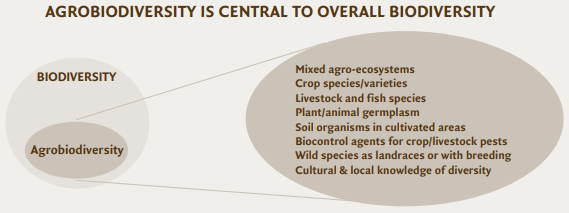7667766266
enquiry@shankarias.in
As per the latest IPCC report, human-induced global warming of 1.1 degree Celsius has spurred changes to the earth’s climate that are unprecedented in recent human history.
Accession is a distinct, uniquely identifiable sample of seeds representing a cultivar, breeding line or a population, which is maintained in storage for conservation and use.

The New Indian Express | Valorisation of neglected crops and forgotten foods
Holly Sinclair 21 days
Block Blast is a block puzzle game that challenges your logic and planning skills. You should totally check it out.